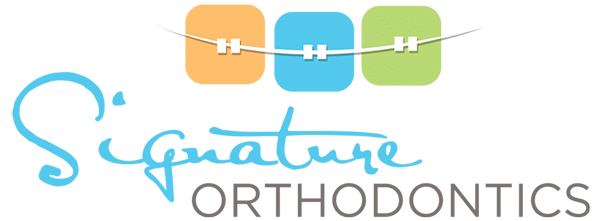Can orthodontic treatment help sleep apnea?
In short, yes. Orthodontics can help manage obstructive sleep apnea in adults and children in some cases.
Your orthodontist is well positioned to perform an obstructive sleep apnea screening assessment and refer at-risk patients for diagnostic evaluation. If deemed appropriate by your physician, your orthodontist may work closely with your medical team to help manage the disease.
Obstructive sleep apnea causes and symptoms
Obstructive sleep apnea is the most common form of sleep apnea, and it occurs when the airway becomes blocked due to relaxation of throat muscles or other airway obstructions.
Adults with obstructive sleep apnea often snore, gasp, or choke and have witnessed pauses in breathing during sleep. They may also experience frequent night awakenings, non-restorative sleep, morning headaches, excessive daytime sleepiness, difficulty with attention and concentration, mood disturbance, and difficulty controlling other medical conditions such as diabetes, hypertension and obesity.
Children with obstructive sleep apnea may snore, have witnessed pauses in breathing, and choke or gasp during sleep. Parents may find the child sleeps in unusual positions, such as having the head hanging off the side of the bed, as well as appearing very restless with frequent position changes during sleep. Other symptoms in children include sleepiness which can impact daily activities and school work in older children. Those who previously had discontinued daytime napping may resume daily or near-daily naps. In some children, hyperactivity rather than excessive sleepiness may present. While obesity may be a contributor in some children, others may present with failure to thrive.
Obstructive sleep apnea treatment
Positive airway pressure (PAP) therapy is generally accepted as the gold standard treatment method for obstructive sleep apnea in adults. PAP therapy is delivered through a mask.
In some cases, traditional orthodontic treatment such as braces could help reduce misalignment that may be contributing to obstructive sleep apnea. In other cases, an orthodontist may use special devices for patients to wear during night that keep the jaw in a favorable position.
For other patients, surgery including nasal and/or palatal surgery with or without mandibular (lower jaw) surgery, genioglossus (chin tongue) advancement and hyoid suspension (modification to the bone and muscles supporting floor of the mouth) may be considered. Other soft tissue surgeries might be suggested that involve the tonsils, adenoids, frena (tissue attached to bone) and tongue. Certain nerve stimulation addresses the impaired muscular tone in obstructive sleep apnea and may also be considered in certain patients.
The takeaway
Obstructive sleep apnea is a medical disorder that can have many serious consequences if left untreated. It can affect adults and children and can present at any point in the lifespan.


